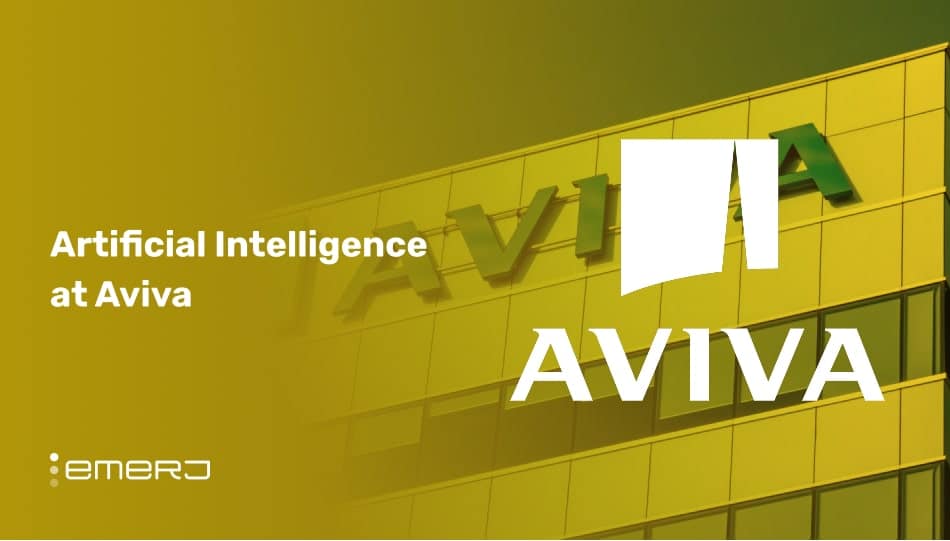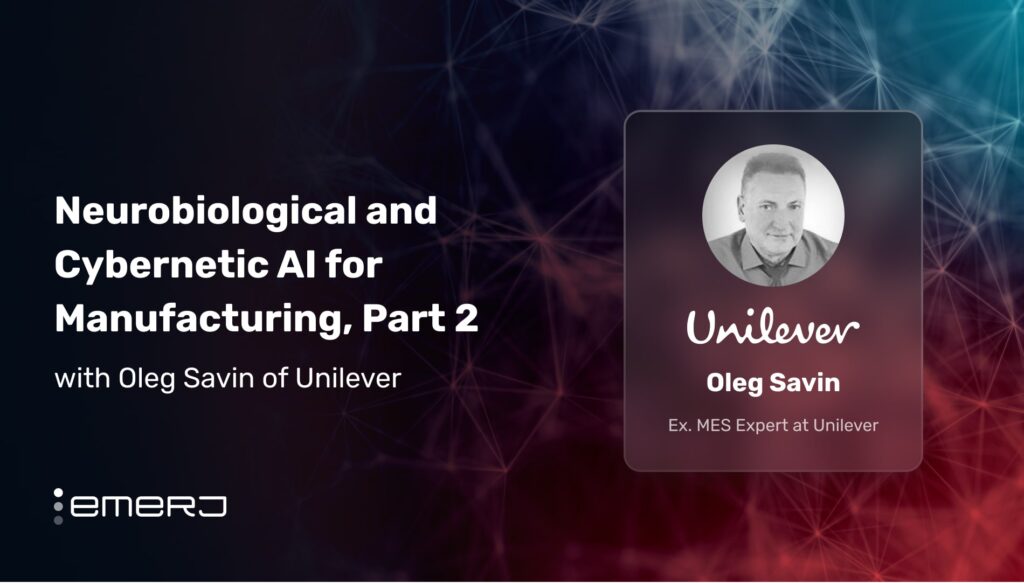This article is based on a presentation given by Emerj CEO Dan Faggella at a recent conference “Artificial Intelligence and Business Ethics: Friends or Foes?” held at the University of Notre Dame.
The conversation about artificial intelligence and ethics ranges from the broad to the specific. On the one end, there are governments making laws and policies on national, state, and local levels. In the middle, you have industry-wide agreements on certain protocols on privacy expectations, ways of handling customer data, and other ethical considerations within the framework established by the gove...
[mrj_paywall] unauthorized access


















